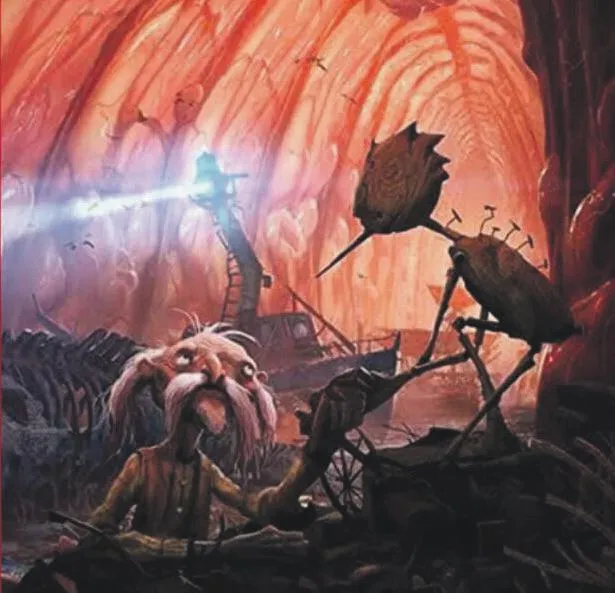‘What does it mean to be human?’ and ‘What makes a good life?’ are two key questions which all cultures, whether religious or secular, must ask.
The answers are rarely expressed as a clearly articulated philosophy, but rather embedded in what philosopher Charles Taylor terms a ‘social imaginary’, which he describes as the way ordinary people ‘imagine’ the world to be, and ‘imagine’ life to work. This imaginary seeps into our unconscious through the myriad of ‘images, stories and legends’ which make up a culture and shape our daily lives.
This is surely one of the reasons why Pinocchio, the story of a wooden puppet brought to life, whose father wants him to be a ‘good boy’ and who in turn desires to become a ‘real [human] boy’, has fascinated audiences since Carlo Collodi penned the story in 1883. And also why Guillermo del Toro’s animated version, released last month on Netflix, is well worth watching.








Can you inherit faith?
We greatly appreciate the blessing of being brought up in a Christian home, but does this guarantee children from Christian …